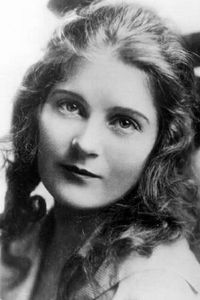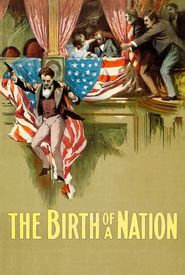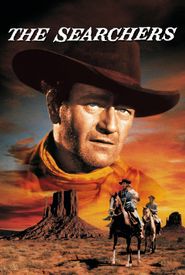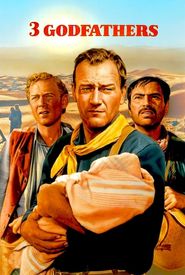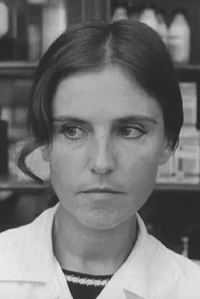Mae Marsh's life was marked by tragedy and hardship from a young age. Her father, an auditor for the railroad, passed away when she was just four years old. Her family relocated to San Francisco, where her stepfather met a devastating fate in the 1906 earthquake. Her great-aunt took Mae and her sister under her wing, introducing them to the world of show business.
With her family's connections, Mae began working as an extra in the film industry, initially at Biograph Studios. She quickly caught the attention of Mack Sennett and D.W. Griffith, who saw potential in the young, freckle-faced girl with piercing blue eyes and indeterminate hair color. Her first leading role was as the bare-legged prehistoric girl in Man's Genesis (1912),a film that showcased her undeniable screen presence.
By 1913, Mae was being groomed as the successor to Mary Pickford, with most of her film roles taking on dramatic or tragic themes. She appeared in Griffith's groundbreaking films, including The Birth of a Nation (1915) and Intolerance (1916). Her subsequent contract with Samuel Goldwyn, worth a whopping $2500 per week, was a significant milestone in her career. Goldwyn's innovative approach to publicity earned her the nickname "The Whim Girl."
Despite her initial success with Goldwyn, Mae's film career stalled, and she retired on the eve of her marriage in 1918. The 1920s saw her make sporadic appearances in Hollywood and England, but it wasn't until the Wall Street "crash" of 1929 and the subsequent Great Depression that she returned to the screen full-time. Financial struggles forced her to re-enter the industry, initially out of necessity.
Throughout the 1930s, Mae appeared in a dozen films, taking on roles that ranged from dramatic to comedic. She worked extensively with director John Ford, starring in iconic films such as The Grapes of Wrath (1940),How Green Was My Valley (1941),My Darling Clementine (1946),The Quiet Man (1952),and A Star Is Born (1954).
